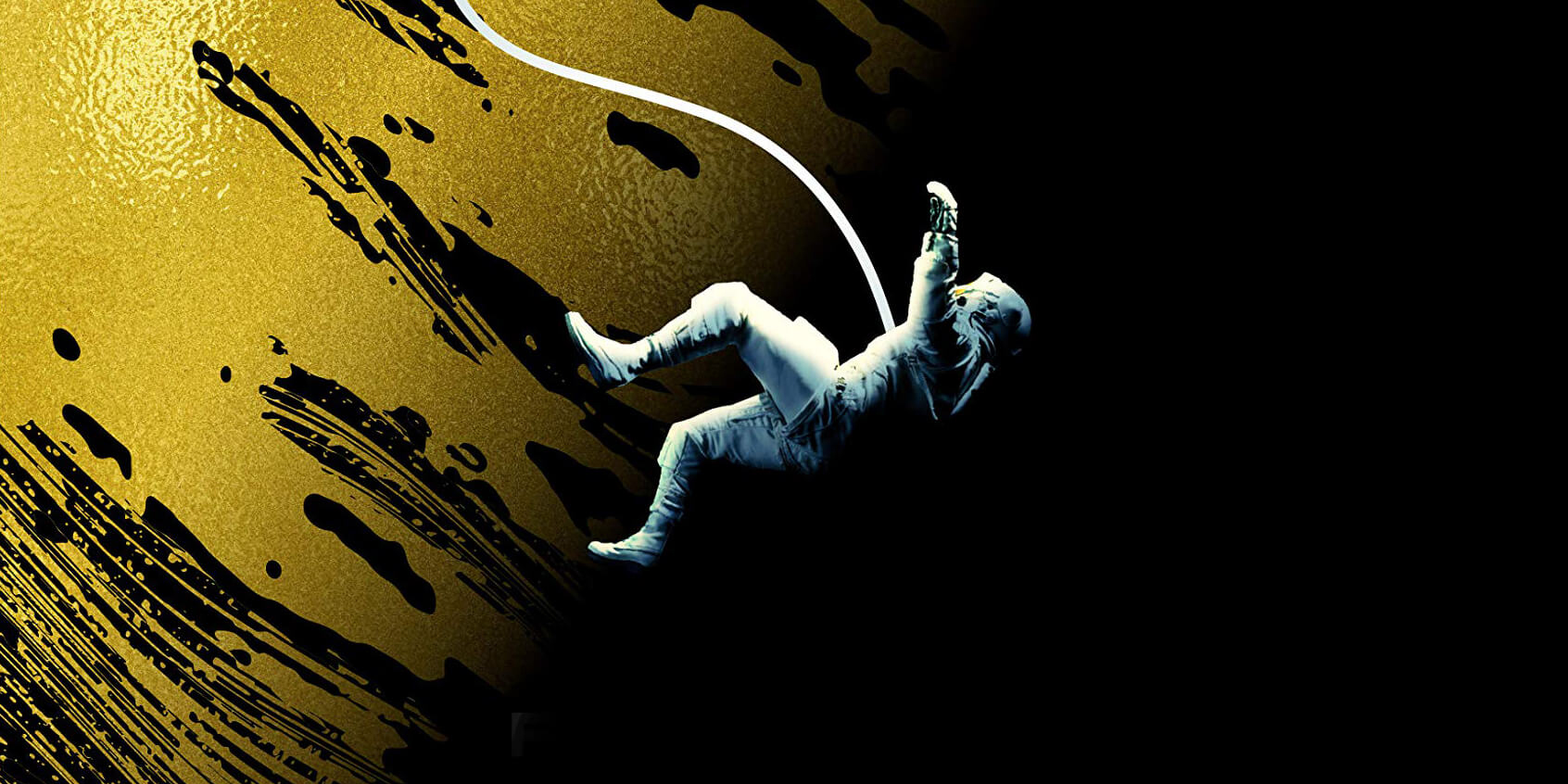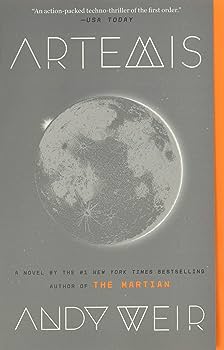
Artemis and Project Hail Mary by Andy Weir, Author of The Martian!
 I loved Andy Weir’s novel The Martian (and I think the film adaptation, directed by Ridley Scott and written by Drew Goddard, is also excellent!), so I thought it was high time I read the two subsequent novels that Mr. Weir has written.
I loved Andy Weir’s novel The Martian (and I think the film adaptation, directed by Ridley Scott and written by Drew Goddard, is also excellent!), so I thought it was high time I read the two subsequent novels that Mr. Weir has written.
First up was Artemis, from 2017. This novel is a mystery set on the lunar habitat called Artemis, a ways in the future.
This is a very different novel than The Martian. I respect Mr Weir for setting out to write a different type of book as his follow-up to the huge success that was The Martian.
Well, OK, it’s not entirely different. It’s still a sci-fi novel, and, just as was the case in The Martian, the story is based in rigorously researched actual science. In many ways, this is Andy Weir’s calling card, and it sets him apart from many other SF authors. I love the strong scientific basis of his stories!! The real science is fascinating, and it gives the stories a weight and sense of reality that helps anchor all of the fictional inventions. Most importantly, Mr. Weir is able to weave this science into his novels without turning them into school textbooks. This is an impressive skill.
Here in Artemis, I loved reading Mr. Weir’s descriptions of this functional city on the moon. Mr. Weir has clearly put an enormous amount of thought into how such a city might have come to be, how it would work and how it would be run. I love this world building. This is a great setting for a story!
The Martian was science fiction, depicting a manned mission to Mars program that is, as yet, beyond our reach. Artemis is set further in the future, so this novel depicts a far more fanciful sci-fi world than that of The Martian, albeit one that, as I’d just noted, has still been rigorously considered by Mr. Weir. But this gives the novel more of a fantastical feel than The Martian. It’s a change of pace, but I enjoyed that Mr. Weir set out to tell a different type of story with a different tone than The Martian.
The central protagonist is a young woman named Jazz. Jazz has lived in Artemis since she was a little girl. While many of the city’s denizens are immigrants from Earth, she grew up in Artemis and feels the city is her own. Jazz is smart and independent and stubborn. She’s a fun main character, and I’m pleased that Mr. Weir chose a female protagonist for his second novel. For the most part, Mr. Weir writes her very well, though there are a few moments when I think his perspective as a male author sneaks through. (For example, when the texts makes note that Jazz sleeps nude when she’s able to afford a brief mid-novel stay in one of Artemis’ hotels for tourists. I’m not sure a female author would have felt the need to include that detail.)
It takes a little while for the story to get going, probably because there’s a lot of world and character set-up that Mr. Weir has to put in place at the start. It wasn’t until around page 125 that I understood what the main thrust of this story was going to be. But once that happened, I was hooked in and the story moved forward at a pleasingly rapid clip.
This was a fun read, and I’d gladly read further adventures of Jazz and life on Artemis!!

Set in the near future, the story begins when the world is thrown into upheaval by the discovery that something is terribly wrong with the sun. The star is loosing power at a rate that will throw Earth into a catastrophic ice age within just a few decades. And so a desperate team of international scientists band together to launch a last-ditch mission into space to discover the source of the problem and, hopefully, a solution .
This is a story of an epic cosmic mystery, one filled with imagination and yet deeply grounded — like all of Mr. Weir’s fiction — in real science. It reminded me in the best possible way of the writing of Arthur C. Clarke.
Project Hail Mary is a delight from start to finish, a thrilling adventure story and mystery and a compelling piece of speculative fiction .
I liked that, as was the case in The Martian, the story begins in a world that could almost be our own. That grounding helps anchor the story; it feels terrifyingly real.
Then, when the story gets weird — and it does, entering into areas more fanciful than either of Mr. Weir’s two previous novels — the story still feels anchored in reality.
Project Hail Mary is a good deal longer than either of Mr. Weir’s two previous novels, but I barely noticed. This is a true page-turner. I was riveted by the story.
The book’s only tiny weakness, in my opinion, is its flashback structure, which at the start is framed as being the slowly recovered memories of amnesiac astronaut Grace Ryland. On the one hand, it’s a clever structure, because Grace has to relearn details of his mission just as we the reader are learning them. So it’s a great vehicle for exposition. On the other hand, I’m not sure recovery from amnesia would really work like this, with Grace recovering his memories in the exact chronological order in which those events had originally unfolded. That stretched my credulity. I think with a little reworking, this flashback structure could have still worked — and maybe worked better — without being framed as Grace’s recovered memories.
I’m delighted to have read this novel. It’s a worthy follow up to The Martian, and one that stands tall among the great works of modern SF.
Please support my website by clicking through one of our Amazon links the next time you need to shop! As an Amazon Associate, I earn from qualifying purchases. That means I’ll receive a small percentage from any product you purchase from Amazon within 24 hours after clicking through. Thank you!
